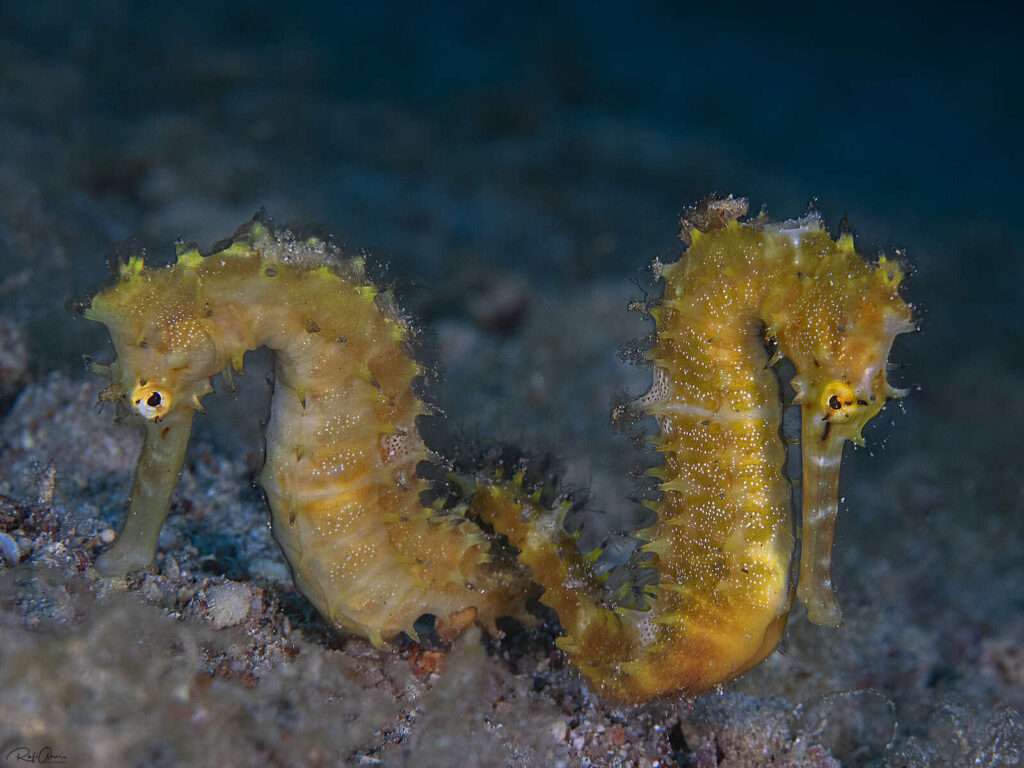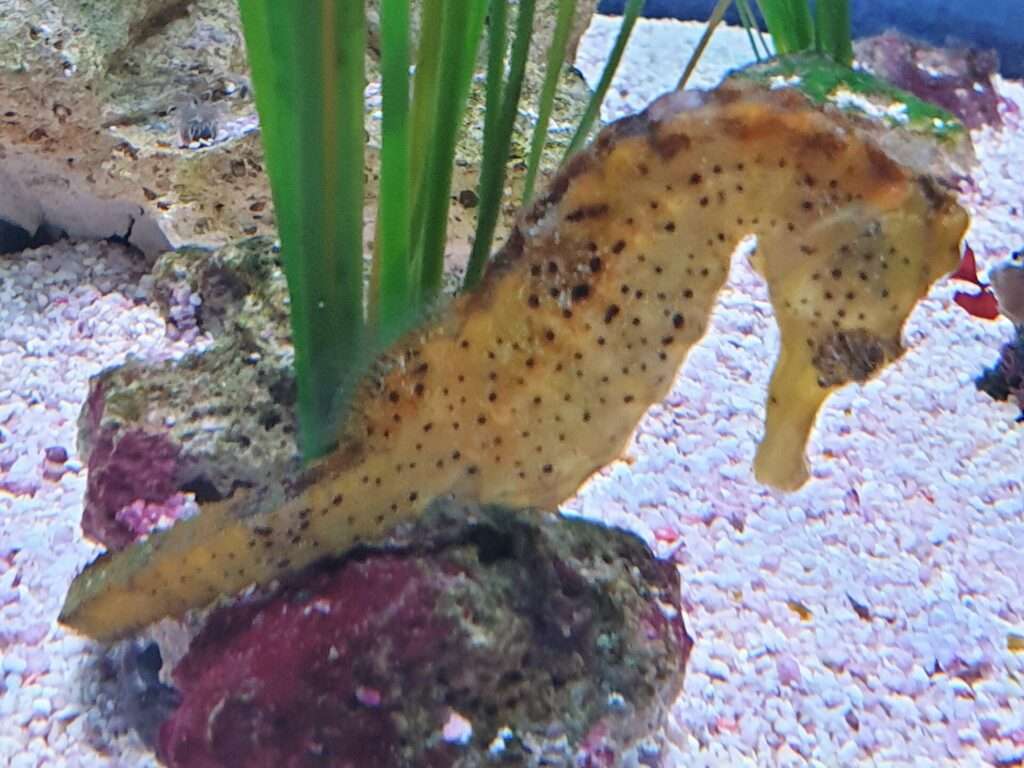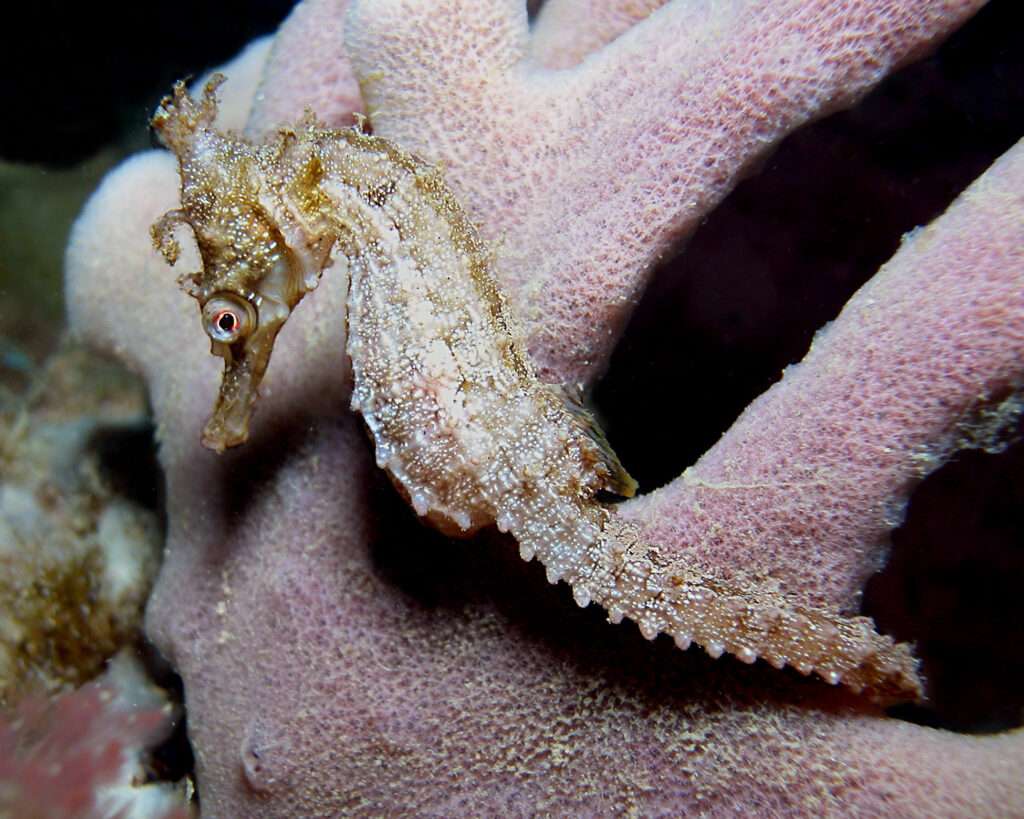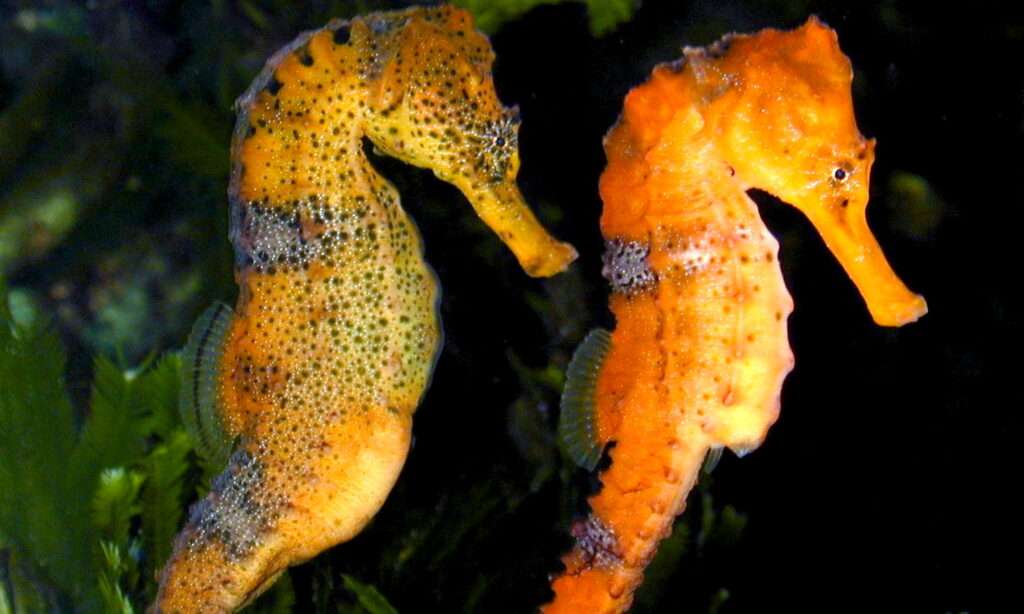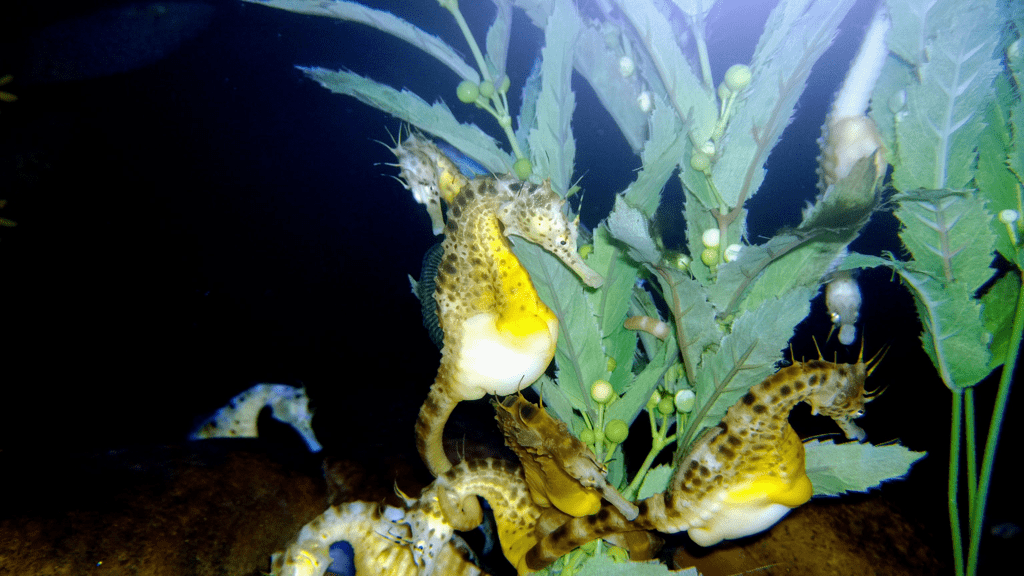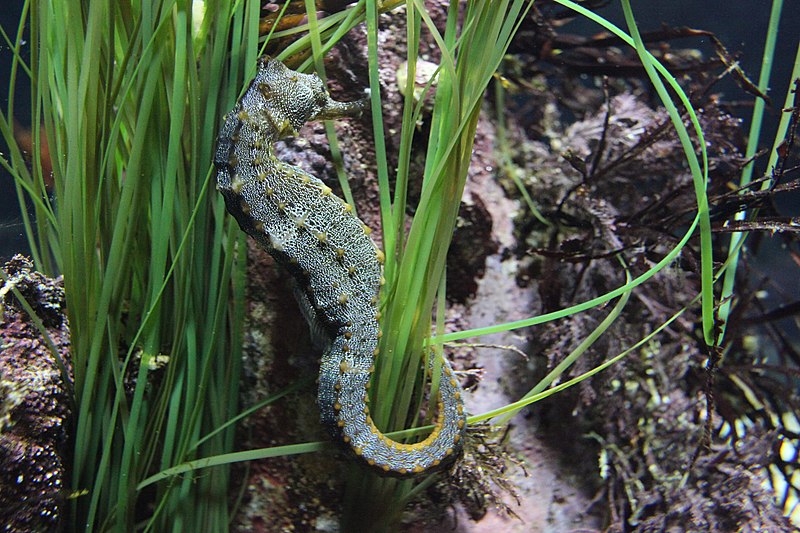Jayakar’s Seahorse
This species of coastal fish of Syngnathidae family, is sometimes known as the Jayakar’s seahorse. It is located in the Western Indian Ocean and reaches Pakistan’s central coast from the Red and Arabian Seas. In environments with seagrass beds, algae, soft bottom substrates, sponges, and rocky terrain, it can grow to a length of 14 […]
Jayakar’s Seahorse Read More »


